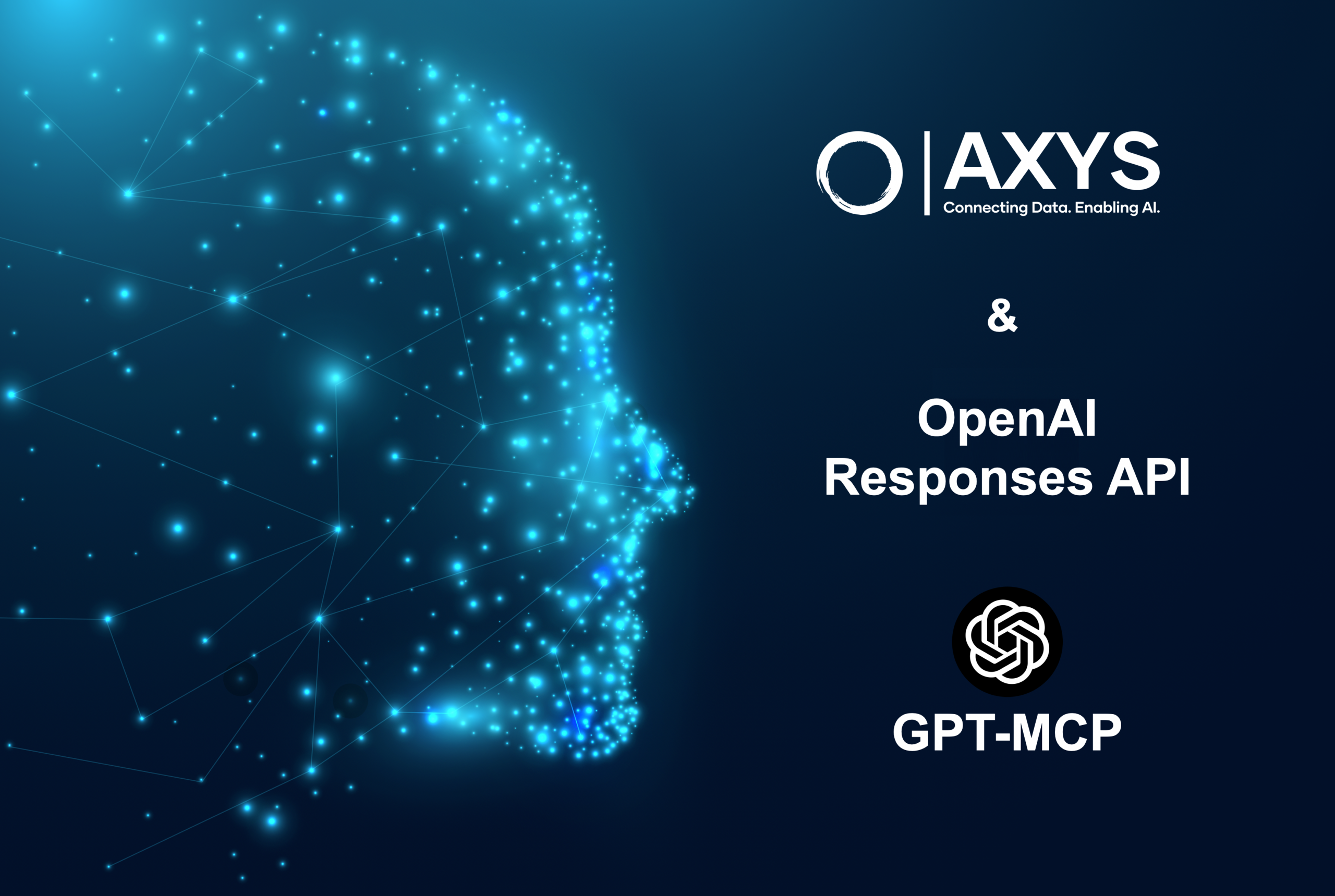Data Fabric is a term that refers to a system architecture that allows data to store, manage, and access across multiple locations and formats. It has been designing to support the integration and management of data from various sources, including on-premises systems, cloud-based systems, and edge devices. Here are a few potential data fabric trends that you may want to watch in 2023:
Data Fabric Trends
- Increased adoption of cloud-based data fabrics: As more organizations move their data and computing resources to the cloud, we’ll likely see an increase in the use of cloud-based data fabrics that span multiple cloud environments.
- Greater focus on data security and privacy: With the growing importance of data protection and the increasing prevalence of data breaches, data fabric solutions will likely place a greater emphasis on security and privacy.
- The continued evolution of big data technologies: Data fabrics are often used to manage large volumes of data. We’ll likely see further developments in technologies like Hadoop and Spark design to process and analyze big data.
- Greater integration with artificial intelligence and machine learning: As AI and ML technologies become more widespread, data fabrics will likely be increasingly integrated with these tools to create more advanced data-driven applications.
- More emphasis on real-time data processing: With the increasing importance of real-time data in fields like finance and e-commerce, we may see data fabrics specifically designed to support real-time data processing and analysis.
- Data security and privacy: With the growing importance of data protection and the increasing prevalence of data breaches, data fabric solutions will likely place a greater emphasis on security and privacy. This could include encryption, access controls, and data masking to protect sensitive data.
- Evolution of big data technologies: Data fabrics are often used to manage large volumes of data. We’ll likely see further developments in technologies like Hadoop and Spark designed to process and analyze big data. These tools will continue to evolve to support handling larger data sets and the integration of new data sources.
- Artificial intelligence and machine learning integration: As AI and ML technologies become more widespread, data fabrics will likely be increasingly integrated with these tools to create more advanced data-driven applications. This could include using data fabrics to support real-time data processing and analysis and integrating machine learning models into data pipelines.
- Real-time data processing: With the increasing importance of real-time data in fields like finance and e-commerce, we may see data fabrics specifically designed to support real-time data processing and analysis. These solutions could enable organizations to react quickly to changing conditions and make more informed decisions in real-time.
- The emergence of edge computing: As more devices and systems are connected to the internet, we can expect to see an increase in the amount of data generated at the network’s edge. Data Fabric solutions help to manage and integrate this data with other data sources.
- Rise of data-driven decision-making: As organizations become more data-driven, we can expect to see an increase in the use of Data Fabric, Data Virtualization, Data preparation, and Data integration solutions to support real-time analytics and decision-making. This will require integrating data from various sources and the ability to process large volumes of data in near real-time.
Data Fabric Pros and Cons
Here are some potential pros and cons of using a Data Fabric architecture:
Pros:
Improved data integration: Data Fabric solutions can help organizations integrate data from various sources, including on-premises systems, cloud-based systems, and edge devices. This can improve the quality and accuracy of data and enable organizations to get a complete view of their operations.
Enhanced data accessibility: Data Fabric architectures can make it easier for organizations to access and use data from multiple sources. This can help improve decision-making and support real-time analytics.
Greater data security: Data Fabric solutions can help organizations secure data at rest and in motion and enforce data governance policies.
Improved scalability: Data Fabric architectures can be more scalable than traditional data architectures, making it easier for organizations to add new data sources and accommodate growing amounts of data.
Cons:
Complexity: Data Fabric architectures can be complex to design and implement, requiring specialized skills and resources.
Cost: Data Fabric solutions can be expensive, especially if an organization needs to purchase new hardware or software to support the architecture.
Performance: Depending on the design and implementation of the Data Fabric architecture, performance may suffer due to the added complexity and the need to access data from multiple locations.
Maintenance: Data Fabric architectures require ongoing maintenance and management to ensure that data is properly integrated and secured. This can add to the overall cost and complexity of the solution.


